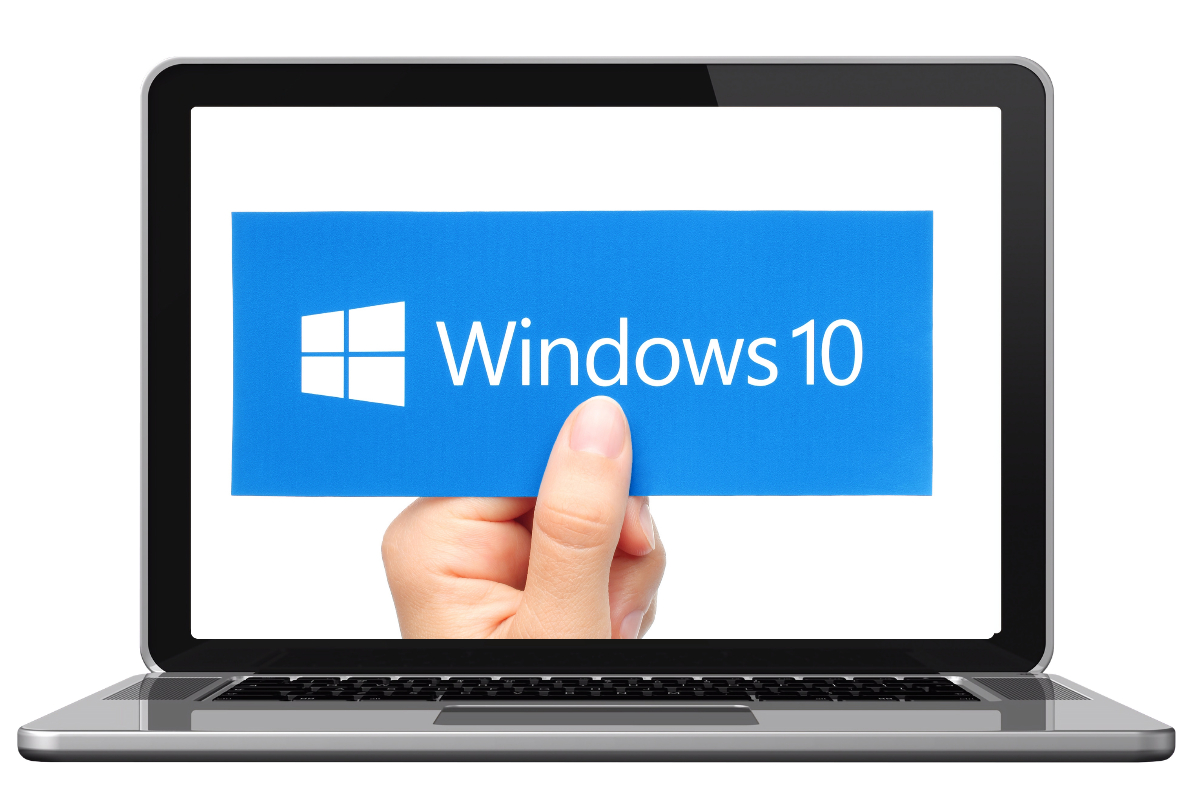Sluggish performance on Windows 10 can be a significant hindrance, whether you’re tackling work tasks, enjoying multimedia, or simply browsing the web. Slowdowns may occur for a variety of reasons, including outdated software, insufficient system resources, or unnecessary applications running in the background.
Addressing these issues can help return your system to optimal speeds and enhance your overall computing experience.
Understanding the best ways to enhance your PC’s performance can be the difference between frustration and productivity. Regular maintenance tasks, such as updating your system regularly and managing startup programs, contribute to keeping your computer running smoothly. Optimising your system settings and ensuring efficient storage management are essential strategies to prevent performance lags and keep your PC in top condition.
Key Takeaways – How to Fix Windows 10 Slow Performance
- Updating software and drivers can significantly improve your PC’s performance.
- Adjusting visual effects and startup programs helps streamline your system’s operation.
- Periodic system health checks and cleanups prevent performance degradation.
Optimising System Settings
To enhance your Windows 10 experience, fine-tuning system settings can significantly increase performance. This involves adjusting visual elements and managing power settings to optimise system resources.
Adjusting Visual Effects
Windows 10 offers a variety of visual effects and animations that can impact system performance. To tailor these:
- Open System Properties by right-clicking on This PC and select Properties, then click on Advanced system settings.
- Under the Performance section, click on Settings. Here, you’ll find a list of visual effects you can adjust.
- For optimal performance, select Adjust for best performance to disable all unnecessary animations and effects, or choose Custom to manually toggle individual settings.
This step helps by freeing up system resources that were previously used for aesthetics, redirecting them to enhance system performance.
Managing Power Plans
Your power plan can also affect system speed.
- To access your power plan, go to Control Panel → Hardware and Sound → Power Options.
- You’ll see options like Balanced, Power Saver, or High Performance.
- Selecting High Performance maximises brightness and system performance but uses more energy.
- Conversely, Power Saver reduces system performance to save energy.
For a performance boost, ensure High Performance is enabled. Remember, laptops running on battery may drain faster in this mode.
Enhancing Storage Management

Improving your PC’s performance heavily relies on effective storage management, which includes clearing unnecessary data and considering hardware upgrades. By managing your hard drive space more efficiently, you can help Windows 10 function at its best.
Utilising Disk Cleanup Tools
Disk Cleanup is a built-in Windows tool that helps you reclaim disk space. Launch it by typing ‘Disk Cleanup’ in the search box and selecting the drive you want to clean. It will scan and present a list of files to remove, such as temporary files and system files that no longer serve a purpose. Regular use of this tool can free up significant space and improve system performance.
Removing Unnecessary Files
Manually inspect your storage for files that are no longer needed. This includes everything from old downloads to duplicate files. Pay special attention to your Downloads folder, which often houses large files that you might have forgotten about. Additionally, uninstall programs that you no longer use through the ‘Programs and Features’ section in your Control Panel. Keeping your hard drive space clear of clutter is essential for optimal functioning.
Upgrading to Solid-State Drive
Replacing your traditional hard drive (HDD) with a Solid-State Drive (SSD) can dramatically speed up your system. SSDs offer faster read and write speeds, which means quicker boot times, faster file transfers, and overall snappier performance. If your current hard drive is almost full or if you’re looking for a speed boost, consider this hardware upgrade for improving your system’s responsiveness.
Maintaining System Health – How to Fix Windows 10 Slow Performance

To ensure your Windows 10 computer maintains optimal performance, you must focus on its overall system health. This involves keeping the software up to date, safeguarding against malware, and utilising built-in recovery options.
Running Regular Updates
Windows Update is a key tool in maintaining your computer’s health. You should check for and install updates regularly to keep your system secure and performing efficiently. Updates often include performance improvements and security patches that protect against viruses and threats.
- To check for updates:
- Open Settings.
- Go to Update & Security > Windows Update.
- Click on Check for updates.
Note: Some updates will automatically restart your computer, so save any work before updating.
Conducting Malware Scans
Malware, which includes viruses, can severely impact your computer’s performance. Use a reliable antivirus program to scan for and remove malware:
- Run regular antivirus scans.
- Ensure your antivirus software is updated to detect new threats.
If your computer behaves unusually or becomes sluggish, perform an immediate scan:
- Open your antivirus program.
- Select the option to perform a full system scan.
Restoring System Stability
If your computer is running poorly, it could be due to system instability. Use Windows Security to restore your computer to a previous state where it ran smoothly.
Create restore points regularly:
- Search for “Create a restore point” in the taskbar.
- Click on System Properties > System Protection > Create.
To return to a restore point:
- Open System Properties.
- Under System Protection, click on System Restore.
- Follow the prompts to select a restore point and restore your system.
Restoring your system does not affect personal files, but it will remove apps, drivers, and updates installed after the restore point was made.
Managing Applications and Processes

Effectively managing applications and processes on your system is crucial for maintaining optimal performance. Particular attention to controlling background processes and the optimisation of RAM and CPU usage can significantly impact your computer’s speed and efficiency.
Controlling Startup Programs
When you start your Windows 10 computer, certain applications automatically run at startup. These can impact your system’s boot time and its overall performance. To manage these startup apps, open Task Manager by pressing Ctrl+Shift+Esc and navigate to the Startup tab. Here, you can disable applications you do not need immediately upon login. Be selective to ensure essential services are not interrupted.
It’s also advisable to periodically uninstall applications you no longer use. To uninstall, go to Settings > Apps and select the app to remove it completely from your system.
Optimising RAM and CPU Usage
Memory Usage can greatly affect your computer’s performance. To check and manage what’s using your system’s RAM and CPU, use the Task Manager. Press Ctrl+Shift+Esc and navigate to the Processes tab. Look for processes that are consuming a high percentage of your RAM or CPU and research to determine if they’re necessary.
It’s important to differentiate between essential background processes and those that are non-essential. Stopping or disabling non-essential processes can free up RAM and CPU cycles. However, some processes might be critical for system or application stability, so proceed with caution. For enhanced control, you could explore services.msc to manage background services.
Remember, regularly checking on and managing the applications and processes will ensure your Windows 10 runs as efficiently as possible, preserving your system’s health and your productivity.
